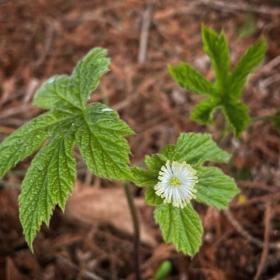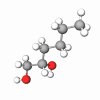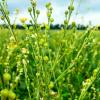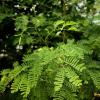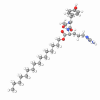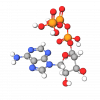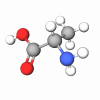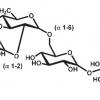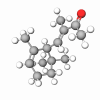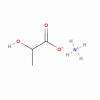Goldenseal (Hydrastis canadensis) is a member of the Buttercup family, Ranunculaceae. The generic name, Hydrastis, is derived from two Greek words, meaning ‘water’ and ‘to accomplish’. The plant has been given this name because of its effect on the inflammations of the mucous membranes for which the roots were primarily used. It is also known as the yellow root, yellow puccoon, orange root, turmeric root, jaundice root, Indian dye, Indian paint, eye root, eye balm, ground raspberry, and many more names.
Ethnobotanical uses of Hydrastis canadensis root include extract using the rhizome and roots as an alterative, antiperiodic, antiseptic, aperient, aperitif, astringent, cicatrizant, detergent, hemostat in uterine hemorrhage, insect repellent, tonic, and uterotonic. It has been used as a remedy against catarrh, enterorrhagia, hemorrhoids, metrorrhagia, and stomatitis.
Goldenseal extract has also been used as an anticancer agent and for the treatment of stomach, liver, mucous membranes, sores, and wounds. Strained infusions have traditionally been used as a soothing eyewash. Goldenseal root is brewed as a tea to be taken for stomachaches and as a douche for vaginal inflammations.
Goldenseal extract’s medicinal effects are attributed to the isoquinoline alkaloids hydrastine, berberastine, berberine, canadine, and reticuline. Herbal medicines are based on the holistic approach wherein, the whole is more than the sum of the parts. Goldenseal is a very good example of this approach because the sum of the chemical parts of this medicinal plant is greater than its individual components and the synergistic action of several components produces the medicinal effect rather than single chemical components.In addition to possessing medicinal properties of its own, the roots of goldenseal are said to enhance the potency of other herbs. For this reason, the roots of goldenseal are used in many herbal remedies. There are many complementary agents that enhance the effectiveness of goldenseal as a medicine. Goldenseal could be combined with one or more of the following plants: echinacea, black cohosh, chamomile, or dong quai.
Ingredients
Goldenseal was listed in the United States Pharmacopoeia in 1830. It was dropped in 1840 but was listed again from 1860 to 1926. The plant was also listed in the National Formulary, a pharmacists’ reference book, until 1955. Goldenseal is a small perennial herb with a horizontal, irregularly knotted, bright yellow rootstock. The yellow rootstock sends up an erect hairy stem.
The plant derives its common name from the yellow scars left on the rhizome by the stem that bursts forth every spring. These scars resemble the imprint of an old-fashioned letter seal. The stem bears two prominently-veined and wrinkled dark-green leaves. The stem gives rise to a greenish-white solitary flower in April-May. The mature red fruit looks like a raspberry; hence, the name ground raspberry. The rootstock is collected in autumn after the ripening of the seeds. The leaves are collected in late summer.
